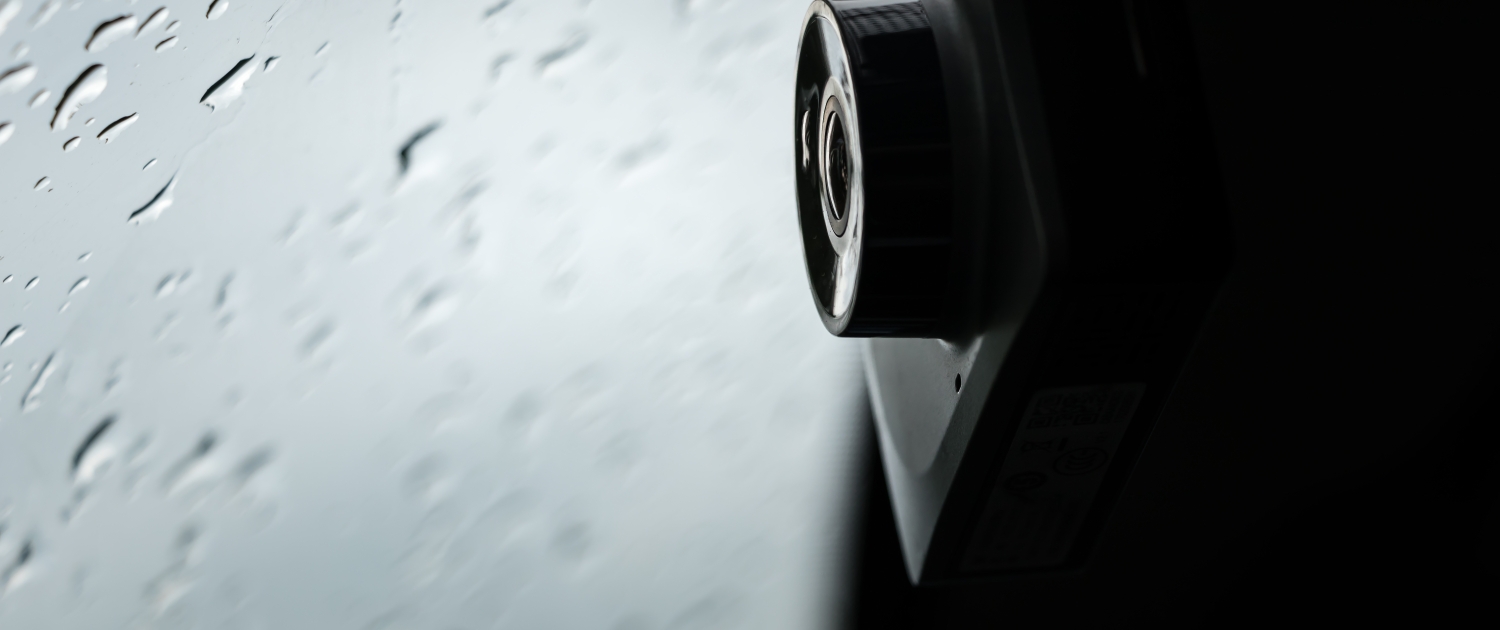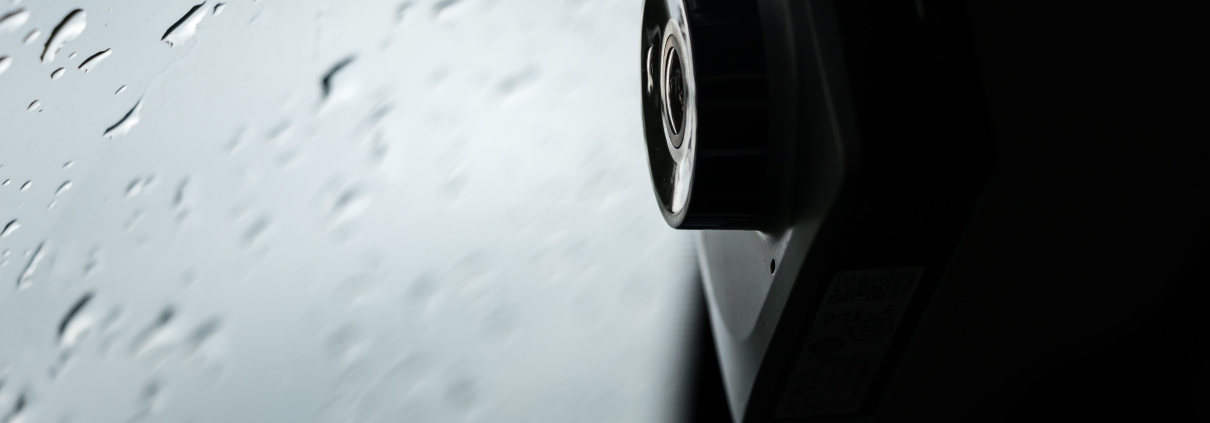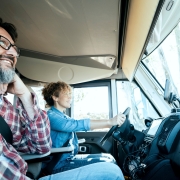
Driver-facing cameras have become a hot button issue in the transportation industry over the past few years. Truck drivers are understandably wary about having recording devices pointing at them while they drive, but are there any benefits to these cameras? Here’s everything that drivers should know about driver-facing cameras.
What are Driver-Facing Cameras?
Driver-facing cameras are just what they sound like; cameras that are installed in a semi-truck cab that face the driver.
Why are Carriers Installing Driver-Facing Cameras?
There’s a lot of reasons that carriers are installing driver facing cameras, but the biggest one is it gives carriers a better chance to avoid liability in the case of an accident. Like seemingly everything else, insurance premiums for trucking carriers are on the rise, and installing driver facing cameras is just one way that carriers can reduce these costs.
Why are Drivers Against Driver-Facing Cameras?
The reason that drivers are against these cameras is pretty simple. Would you want to have a camera directly in front of your face during your work shift? The answer is probably, “no”. Truck driver’s feelings on front-facing cameras have been well-documented, but do they get a worse reputation than they deserve?
Are There Any Benefits of Driver-Facing Cameras for the Driver?
The main benefit of driver-facing cameras is that they can help prove a driver’s innocence in the case of an accident or traffic violation that otherwise wouldn’t have been seen. Most drivers will point out that that’s what dash cams are for (cameras that face the dashboard and show what the driver would see), but driver facing cameras can absolve a driver in the case that they’re being accused of distracted driving.
Aside from that, the other benefit to driver-facing cameras is that it can lead to safer driving for newer drivers. A driver whose only been in the industry for 6 months to a year might have learned or adopted a bad habit that wasn’t noticed during CDL training or during their time with a driver trainer. Driver-facing cameras could in theory alert the carrier to this habit so that the driver can be coached on avoiding it. This, of course, is a debatable benefit to truck drivers.
The reality, whether drivers like it or not, is that driver-facing cameras are becoming more and more popular for both commercial carriers and private fleets.
With this in mind, we talked to Erin Lynch, Customer Success Manager with Drive My Way. We asked her thoughts on driver-facing cameras and what drivers should know about the new practice.

Erin Lynch, Customer Success Manager, Drive My Way
When did driver-facing cameras start to become popular in the trucking industry, and why do you think they did?
“The trucking industry saw a huge shift in technology when the Electronic Logging Device (ELD) Mandate started in 2016. As the trucking industry rushed to comply, technology evolved very quickly to make devices as simple as possible to install and be compliant with the mandate.
By 2018, many fleet management systems offered complete telematic management solutions, that included ELD’s and many other features. We’re now at a point in the last 3 years where efforts are being directed to measure safety, which includes driver-facing cameras.”
Are trucking carriers using these cameras to watch drivers at all times?
“No solutions have the capability, bandwidth, or storage, to watch and store videos 24/7. Typically, they record on a loop, recording over previous footage. The cameras are only activated if an “event” or incident occurs, such as speeding or hard breaking, and records 10 seconds before the event and 10 seconds after. The driver-facing camera will capture these incidents but can also be configured to capture such events as a driver using a phone or eating/drinking.
The videos are available to view immediately and are usually stored for a specified time period. However, it is important to note that typically it is only the incident videos that are stored and available. Carriers would have to request non-incident videos from their system provider and, for privacy reasons, that’s typically not done unless in very specific situations.”
Is there a good compromise for drivers wanting to protect their privacy and carriers wanting to increase their fleet’s safety?
“I think most solutions do offer a good compromise between those two. It’s the communication between carriers and drivers that cause the biggest issues. While carriers may use these systems to lower insurance costs, they are built with the intention to measure safety, and that’s good for everyone involved. Carriers need to clearly communicate what the cameras can and cannot do, what will be recorded, how it’s stored, etc.
A driver should be very clear about the camera’s intentions and limitations. The best telematic solutions for carriers will have ways to positively reinforce good driving behaviors and to help correct poor behaviors such as training, not just as a monitoring or penalizing device.”
Erin finished with these thoughts,
“Drivers, if you’re unsure of why driver-facing cameras are being used, you have a right to ask questions and understand what is being done with the recorded video. Carriers, if a driver has to ask you why cameras are being used, then better training and communication is needed. Being clear on intentions and capabilities of driver-facing cameras is key.”
Looking for a new CDL Job?
Drive My Way matches you with a job based on your preferences like pay, home time, touch level, and more.











